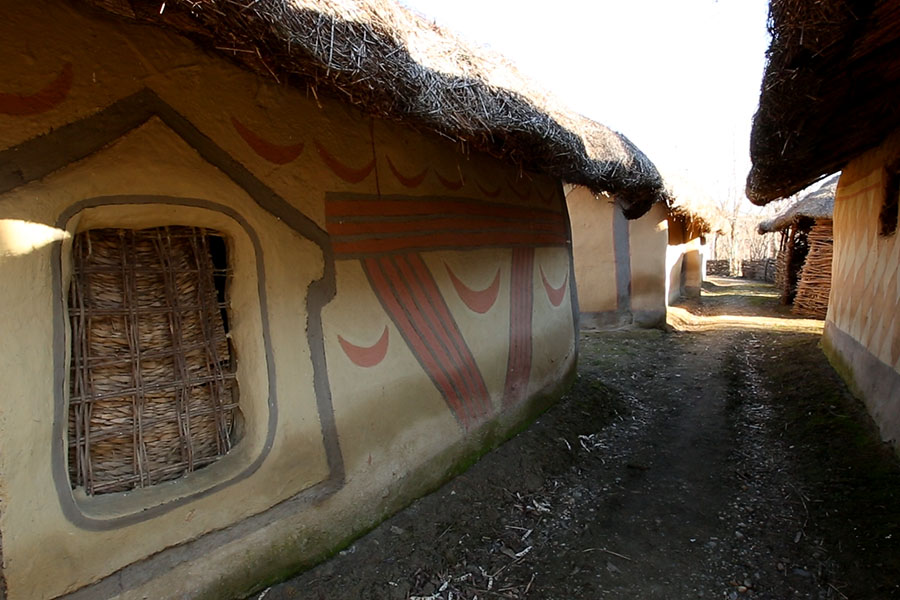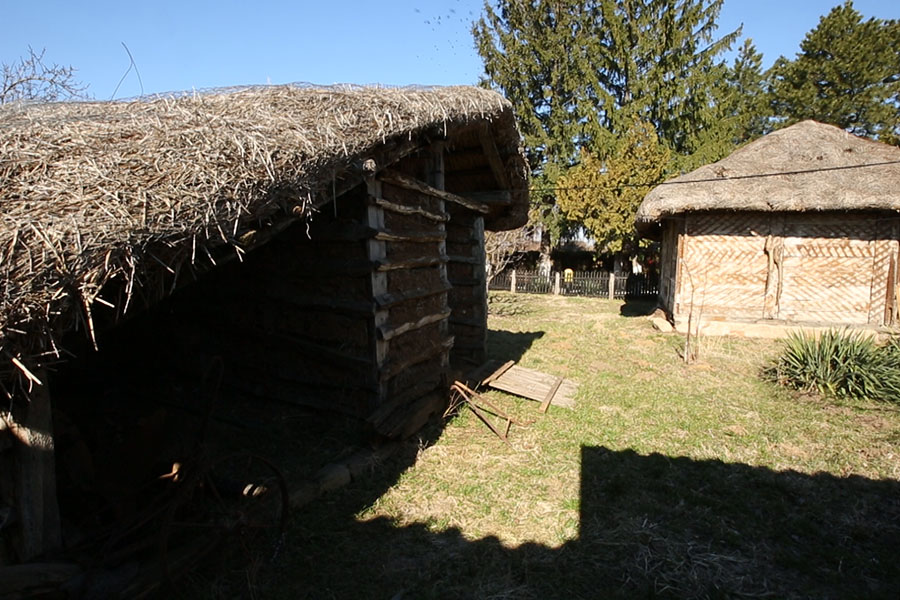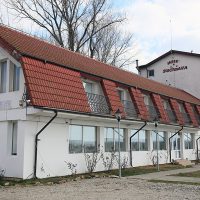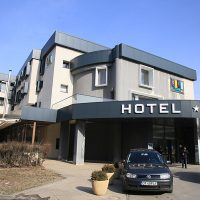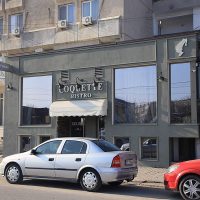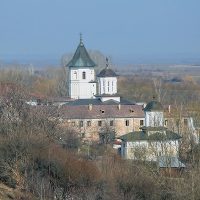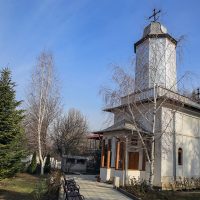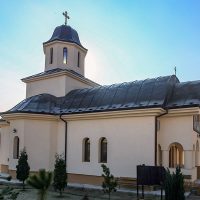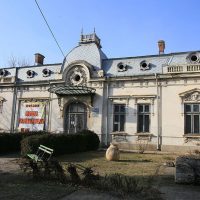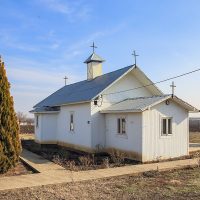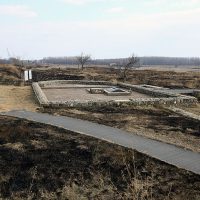








At the initiative of Professor Traian Zorzoliu, who dedicated practically his whole life to this objective, the Museum of the Boian Plain, a unique place in Romania and even in Europe, was created. It is practically an open air museum that tells about the popular traditions of this area, since 6,000 years ago. In the courtyard of the museum there is a small cross, a small church, a traditional peasant house, an authentic hut, as well as 6 clay huts of a reconstructed village, from the Neolithic era, given that in the area have been discovered traces of a prehistoric culture dating from the V-VI millennium before our era. The collections of objects include over 6,000 exhibits, tools, ceramics, fabrics, iron works. The hut in the courtyard is a typical dwelling for this plain area. Inside there were usually 2 rooms, one used for cooking and dining, and the other for living and sleeping. Mandatory was also present the dowry box, filled with sheets and fabrics that were a family heritage. The ones now on the walls are from the 18th century. The huts in the Neolithic village reconstruct the life of 5-6,000 years ago. The Neolithic village is made up of six open-air huts, on a field surrounded by a moat and a fence of woven wickets. Entrance is made on a wooden deck, and the huts are natural in size. A hut represents a fisherman’s house, another a farmer’s house, another a potter’s house. The houses were built of reed and poles inserted into the ground, and among the reeds soil was laid. Between them stood a lacustrian dwelling, where provisions were kept, for the settlements were erected in valleys that were often flooded. The huts were built close together, the village streets were no larger than two meters, sometimes the huts were attached to each other. The buildings were low, because the height of the people did not exceed then 1.50-1.60 m. The houses did not have ceilings, but they were lined inside. Each hut had a fireplace, an oven, and the bed was built of raised earth, on which were placed skins or mats. All have neolithic objects or reconstructions of some Neolithic objects, tables, worship altars, tools for the household. The inauguration of this prehistoric village was made in 2010. The museum is visited annually by many tourists, the most interested being those who came from abroad and who thus have the unique opportunity to admire these traditional Romanian exhibits on the spot.
Download PDF